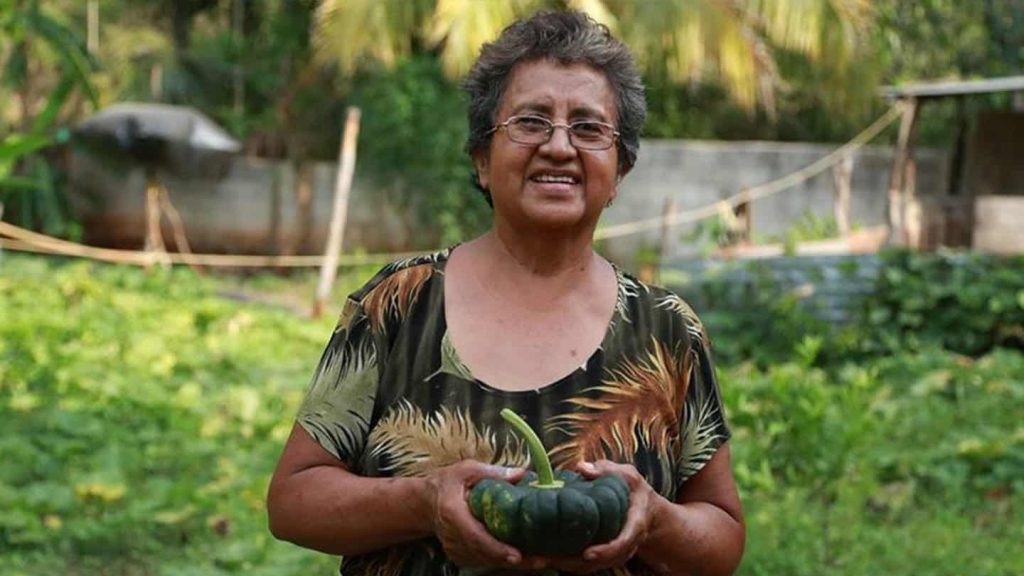Worldwide, according to FAO data, the total surface of the Earth destined to agriculture is almost 1.6 billion hectares, equivalent to almost 9 times the total territory of Mexico. This amount is much larger than the 5% of the surface in the planet destined to the cities and that consumes a great part of this food.
The relationship between the people who produce and those who consume is a broken chain or, how many of us know where our food comes from? and we are not talking about if it is grown with chemicals fertilizers commonly used in agriculture and what it causes in our body. This time we refer to the people who harvested that food.
42% of the population lives on the production of food, be it agriculture, livestock raising or fishing, but how much do the people who work in the field earn?
How much do farmers earn for working in agriculture?
The average salary of a day in Mexico is 100-150 pesos a day (from 5 to 7 USD), in India 115 rupees (1 USD) and in Africa from 1 to 2 USD depending on the area. Unlike day labourers who work someone else’s land, smallholder farmers work their own land but the situation is not very different.
In Mexico, smallholders with less than 2 hectares represent 50% of the total food production, while for India and Africa they are close to 80%. They are the entrepreneurs of agriculture or at least they try to, by financing their daily activities from different sources of employment to reinvest them in their farms and buy more animals, fertilizers and supplies that allow them to break through in local markets.
In these markets, they sell their boxes of food at low prices, for example, 19 kg of lemon in 0.44 USD, while in supermarkets we buy a lemon kg in 1 USD. Why do farmers do not receive more of that final price?
On the international day of social justice, a way to act to achieve the goal proposed by the UN must improve the conditions in which those in charge of maintaining this world moving have a more fair life.
There are social companies that are already working on this issue. In 1997, the Fairtrade Labeling Organization (FLO) International was created with the objective of establishing fair trade standards at an international level. Today they have a record of 2,800 certified companies worldwide in more than 70 countries.
In Mexico, for example, there are the companies Aires de Campo and Grupo Paisano, Thrive Farmers is an international example. Its objective is to include farmers in the entire process that adds value to the product until its final sale. In this business model, the producers are not paid for a kilogram of coffee or for a workday, but 50% of the profits of the final product is for them and the other 50% goes to those in charge of the marketing
These models make it possible for farmers to increase their profits to reinvest in their farms, in technology that allows them to improve their productivity in a sustainable way, in their families and improve their lives. In order to achieve this, it also implies responsibility on the part of consumers and to ask ourselves if we know where does the food we put on our tables every day come from?
